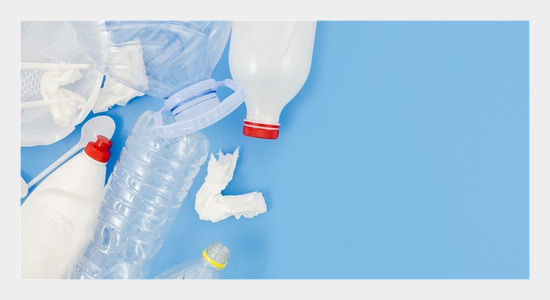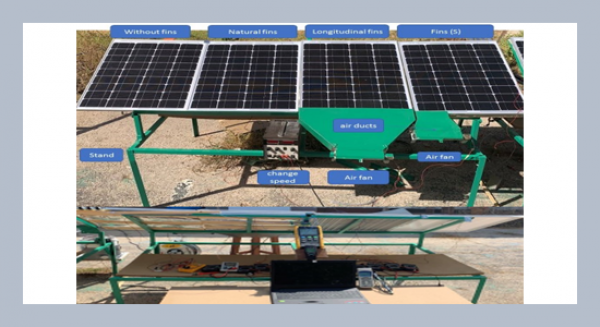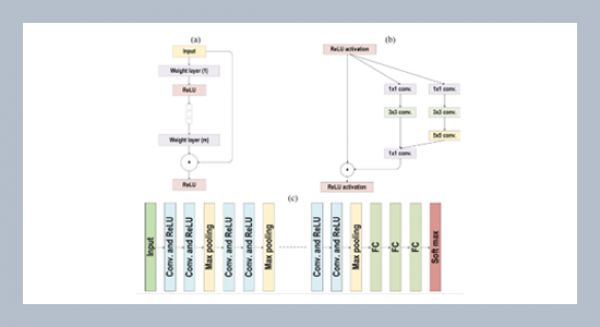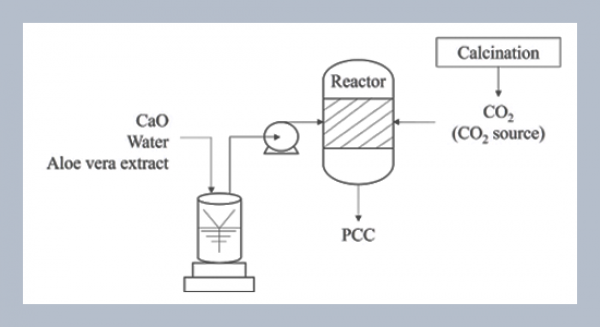Mohammad Riski Borman*, Djoko Sihono Gabriel and Rahmat Nurcahyo Department of Industrial Engineering, Faculty of Engineering, Universitas Indonesia Depok, 16424, Indonesia
Download Citation:
|
Download PDF
Plastic waste that has low quality and economic value at its end of life may affect the plastic recyclers’ production rate in the raw material aspect. Moreover, limited availability of good raw materials may lead to low economic product value and affect the producers’ profit margin. This research aims to prove the impact of material value conservation (MVC) design principle implementation on the flexible plastic packaging on sustainability of plastic recycling plants based on economic, environmental, and social factors. It is found that the repetitive implementation of MVC design principles on plastic packaging may increase the economic sustainability of recycling plants through increasing income, which analyzed using feasibility study method. The increased margin was obtained through increasing availability of good quality of plastic waste to be produced continuously. The environmental sustainability impact obtained through the reduction of extraction of non-renewable raw materials which produce plastic original, unproductive land due to waste accumulation, and reduce the amount of plastic waste thrown into the ocean. Meanwhile, social sustainability impact obtained through the increasing employment absorption and earnings of local communities.ABSTRACT
Keywords:
Sustainability; flexible packaging; recycle; design; plastic waste.
Share this article with your colleagues
REFERENCES
ARTICLE INFORMATION
Received:
2019-05-29
Accepted:
2019-06-18
Available Online:
2019-06-01
Borman, M.R., Gabriel, D.S., Nurcahyo, R. 2019. Impact of plastic packaging design on the sustainability of plastic recyclers. International Journal of Applied Science and Engineering, 16, 25-33. https://doi.org/10.6703/IJASE.201906_16(1).025
Cite this article:















